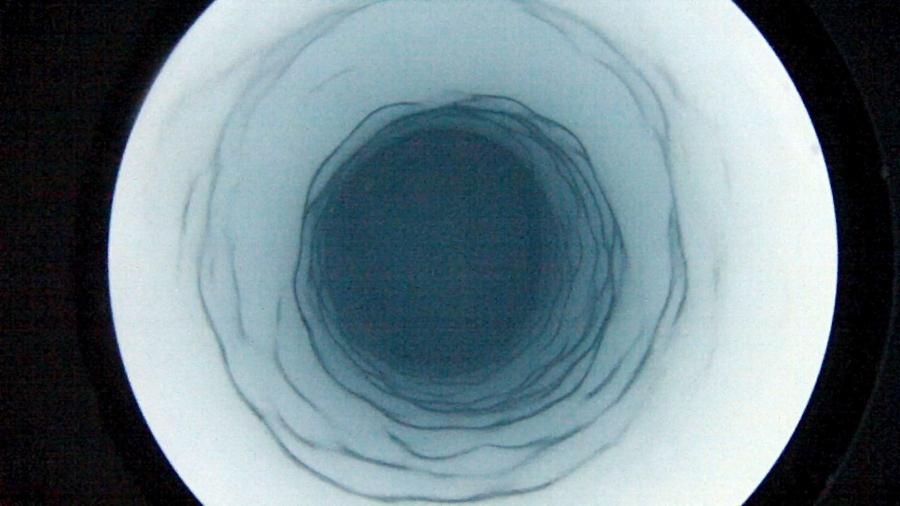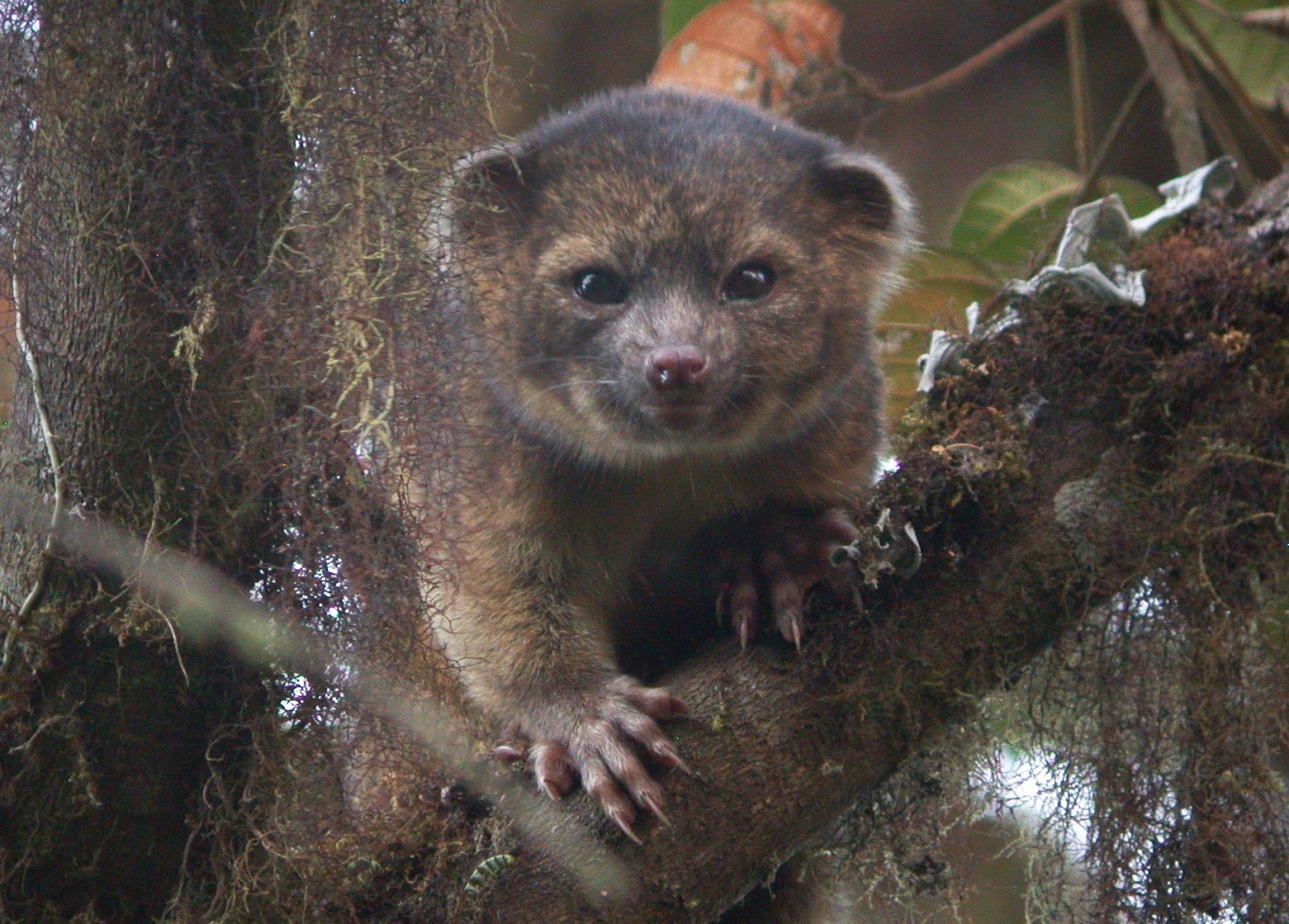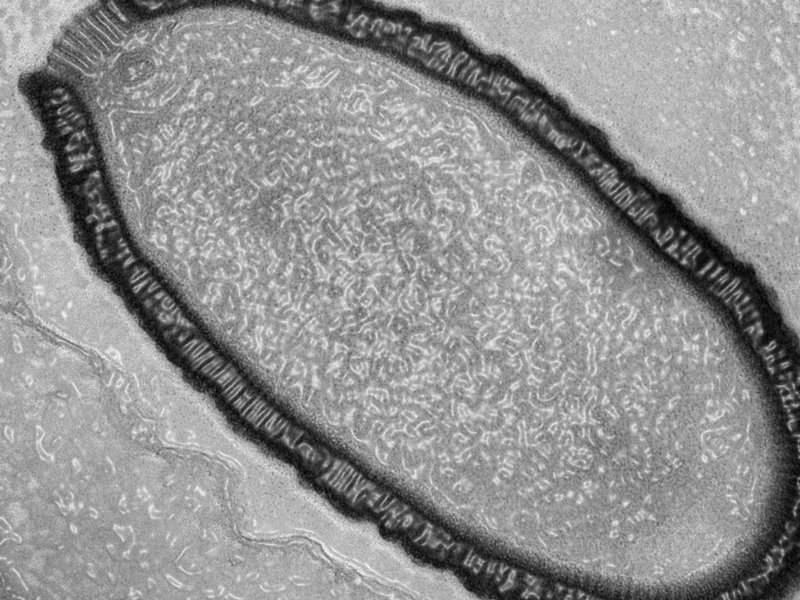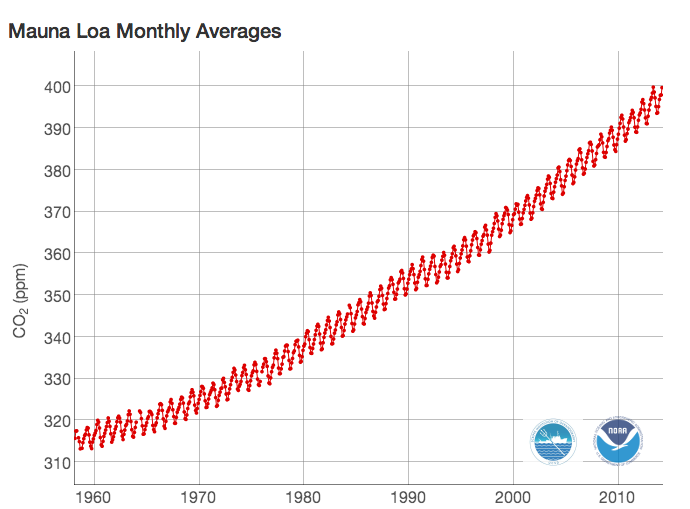/cdn.vox-cdn.com/uploads/chorus_image/image/31950747/north_america_from_low_orbiting_satellite_suomi_npp.0.jpg)
Earth Day was started in 1970 in order to get people thinking about the environment and the urgent need to protect it.
That hasn't gone so well. We've since emitted more carbon dioxide than we previously had in all of human history, likely dooming our planet to a potentially catastrophic amount of warming in the coming decades.
But it's not all bad news: we've also successfully brought a few species back from the brink from extinction, discovered many new ones, and learned all sorts of fascinating things about the Earth in general.
Here's a list of some of the most important, intriguing, and upsetting things we've learned about the planet since the last Earth Day.
1) There's life in ancient lakes deep under Antarctica

A borehole down into Antarctica's Lake Whillans. Alberto Behar/JPL/ASU & NSF/NASA
Nearly 3,000 feet underneath the Antarctic ice sheet, there's a seven foot-deep lake created by geothermal heat that emerges from the Earth and slowly melts the ice. This thin pool of water has probably been isolated for at least 100,000 years — but it's home to dozens of different single-celled organisms.
At least, that's what we discovered this past December, when researchers published data they'd collected after drilling down through the ice and sampling the lake.
The expedition was one of several attempts to retrieve life from lakes under the Antarctic ice (similar organisms were also found in Lake Hodgson soon afterward). Scientists are especially excited about these bacteria — which mostly survive by harvesting energy from iron, carbon dioxide, sulfur, and other chemicals in the water — because of what they could tell us about the formation of life on places like Europa and Encaladus, moons of Jupiter and Saturn that might have oceans trapped under ice.
2) There are ecosystems living off the plastic trash we dump in the oceans
We've dumped so much trash into the oceans that there's now a patch of garbage swirling at the center of the Pacific. But the interesting thing is that, this past July, scientists sampled some of this plastic and discovered distinctive colonies of bacteria living on it.
They found bacteria digesting the surface of plastic, along with other species of bacteria that were eating the plastic-eaters. These species differ from those found in the surrounding water, leading the scientists to coin the term "plastisphere" to describe the new ecosystem generated by the plastic.
3) All sorts of new species are out there waiting to be found

The olinguito, a new species of carnivore discovered in August. Mark Gurney
Despite all the research we've done on this planet, we're still just scratching the surface when it comes to the diversity of life: it's estimated that we only know about 14 percent of the 8.7 million species that are likely out there.
Most of these are small, hard-to-distinguish species like single-celled bacteria, but occasionally, we miss something more noteworthy. This past year, we found a two pound carnivore that lives in trees, a leaf-camouflaged gecko, a tiny new scorpion, and most recently, an insect species in which the females wield the penises. Scientists even found an unknown beetle species living right outside the world's densest city, in the Philippines.
4) We're using up the world's groundwater
This past year, scientists made a disturbing discovery about the Ogallala Aquifer, the underground store of water that farmers use to farm the Great Plains: nearly 70 percent of it will be gone by 2060. This is an especially big problem because more frequent droughts — driven by climate change — will force farmers in the region to rely even more heavily on groundwater for irrigation in the future.
But groundwater depletion is a problem everywhere: as temperatures warm and populations grow, it's been detected all over the US and in many regions around the world in the past year alone.
5) 34,000 year old viruses can be resurrected from permafrost

Julia Bartoli and Chantal Abergel, IGS and CNRS-AMU
In March, a team of French scientists announced that they'd successfully thawed and resurrected a virus that had been trapped in frozen Siberian soil. The amazing thing: it had been frozen in that soil for an estimated 34,000 years.
The discovery opens up the intriguing possibility that extremely old viruses might be resurrected — since they can survive in an inert state more or less indefinitely — telling us a great deal about the diversity of ancient life. But it's also made scientists fear that as the permafrost melts, unknown viruses could come to life and pose a public health threat.
6) A whale's life history is written in its earwax

Unlike humans, whales can't clear out their earwax — because it collects in sealed ear canals — so giant, foot-long tubes of wax can build up in a whale's ears over the course of its life.
In September, Baylor University scientists discovered something remarkable about this ear wax: because it builds up one layer at a time, like a tree's rings, analysis of it can tell us the story of a whale's life. The researchers tested the 10-inch long wax tube from a blue whale that had been killed in a boat collision off of California, and found that it experienced high levels of stress just before puberty (reflected by the presence of the stress hormone cortisol in the wax) and that it had periodically encountered pollutants such as pesticides and flame retardants in the water.
7) The Earth reached a new climate-change milestone

The amount of carbon dioxide in the atmosphere surpassed 400 parts per million this year. NOAA
By this point, the science of climate change is well established, but because of how powerfully it's already affecting the whole planet, the strides we've continued to make in documenting and understanding it (summarized once again in the latest UN report) are one of the most important things we've learned about the planet in the past year.
We reached a milestone last May, when the level of carbon dioxide in the atmosphere surpassed 400 parts per million for the first time in an estimated three million years. This year, it crossed 400 two months before May, when it typically peaks each year.
The effect of all this carbon dioxide: 2013 was the fourth-hottest year on record, and despite a cold winter for the eastern US, January was a record-hot month globally. The streak of months in a row that have been warmer than the 20th century average is now at 349.

